
Stuff. Most of us have too much of it. And while we shouldn't be afraid to treat ourselves now and again, or make efforts to reuse and recycle items, what we don't want is an accumulation of possessions that spirals into overwhelming clutter. That's where our decluttering tips for collectors and hoarders can help you gain control.
First things first, we should always be very careful when using the word 'hoarder'. This is a condition that needs more care than a decluttering checklist. 'It’s so easy for people these days to say "I’m a hoarder" – it just rolls off the tongue, but it can be a serious medical condition,' says Karen Powell, professional organiser and founder of The Organising Lady. So while you may be showing the early signs of hoarding behaviour (we'll come on to that later), it could be that you simply have a collecting habit that you'd like to break.
Too much clutter can impede your daily routine and create a sense of chaos in your home. It could be driven by a passion for collecting – whether your vice is handbags, Lego, ceramics or magazines. Or it can be a sign of more compulsive and serious hoarding tendencies.
Either way, trying to tackle copious piles of belongings can feel overwhelming and even embarrassing, and it's not always a good idea to launch straight into the most popular decluttering method as we'll discover. But, with the right strategies and mindset, decluttering is a transformative journey. And the space, order and sense of calm you'll achieve will be well worth your efforts.

What is the difference between collecting and hoarding?
We spoke to Marie Bateson, APDO's volunteers' director and founder of Cut The Clutter about the true definition of a hoarder versus a 'collector of things'.
'As a hoarding specialist I see collections of all sorts of items in clients' homes,' Marie says. 'They are usually scattered about and in no particular place – and consist of low-value things like carrier bags, cleaning products, clothes and pens.
'The difference between a collector and a person with a hoarding disorder is mainly that the collector stores and displays their collection in an orderly manner, usually in one place and is proud of it. They generally enjoy showing people and talking about why they are interested in the items, what started it, how it developed and where they find the pieces.
'A person who has hoarding disorder usually doesn't let people in and is less likely to want to discuss why they gather, rather than collect the category of items. The collector talks about when it started, where they get the pieces and why it interests them so much.'
'The person who hoards struggles to let any of it go despite it often being of negligible value. Collectors sometimes struggle to let duplicates go but will be able to justify why. It could be a rare item and they keep two in case one gets damaged.
The main difference is the person that hoards finds it very stressful to part with a single thing.'
'Often, hoarding is not a choice. It’s a compulsion people feel and is often be traced to a range of mental illnesses or trauma,' adds Kate Ibbotson.
'If you feel that your collecting or hoarding has become compulsive, you may want to reach out to a hoarding charity, a therapist or social worker. This would equip you with as much safety and support as possible.'
Decluttering tips for hoarders and collectors
There are infinite strategies for decluttering a room, or indeed a whole home – and even specifically for decluttering when you're overwhelmed. But the approach you take will depend on you individually, or who you're trying to help.
'Working with a person who hoards is particularly hard,' says Marie. 'This takes time and trust and space has to be opened up slowly.'
With this in mind...
1. Don't go in all guns blazing
If you suspect that the build up of belongings is a result of a hoarding disorder, trying to tackle too much at once could be disastrous. 'It's generally not a good idea to get extra storage space or call in the council or environmental health to clear the rubbish away. This won't solve the problem and the clutter often quickly builds up again,' the NHS states on its website.
'Hoarding isn’t something that stops overnight,' says Kate Ibbotson, founder of A Tidy Mind. 'It takes months to fully untangle the emotional problems and difficulties that have led to this, because rarely does hoarding happen in a vacuum. In terms of the practical process, it will take months or years and acceptance of this is important so you don’t set yourself unrealistic expectations.'
2. Start with one area, and have a goal for that space

If your home is filled with clutter on every surface, in every room, it can be hard to know where to start. 'I will often ask my clients what is the place that they’d really like to create first,' says Karen. 'For example, would they like a sanctuary where they can get a proper night's sleep? Or do they just want to be able to manoeuvre around their living room? Very often, although they may be overwhelmed, the client will have strong feelings about their goals, and lead you to the biggest problem areas.'
Dilly Carter, star of BBC’s Sort Your Life Out, has a similar approach. She advises doing a space audit – walking around your house with a pad and pen, identifying areas of disorder and making notes on how you could make each room work better, and what you'll need to achieve that – for example, a shoe rack and more coat hooks in the hallway.
'Once you have done that audit, you'll be able to identify which spaces are a priority,' she says. 'Is it that your kids can’t eat at the table because it’s so messy, or that you can’t take a Zoom call because you’re embarrassed that there’s so much stuff in the background? Or perhaps you have to go and work in a cafe, because the state of the house is making you so stressed out, you can’t be there.'
That biggest point of frustration will almost always be the best place to start.
3. Get someone to help you
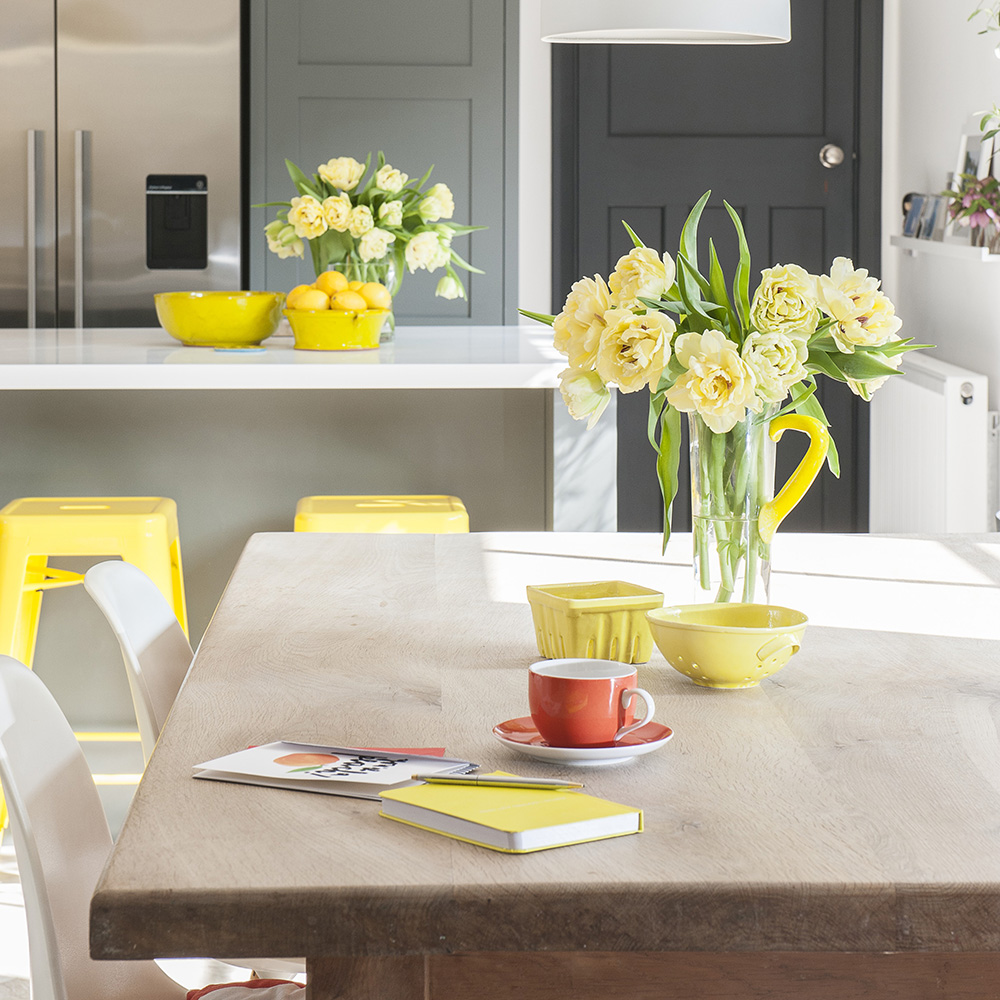
'Ask yourself if you need help with your clutter, or if you need external help,' advises Dilly. 'We are all very bad at asking for help. But don’t ever struggle to do things on your own.' Dilly points out that we will often spend money on 'coffees and brunches and fast fashion'. 'But if you were to transfer that money on someone that came round twice a week to help with the laundry, or clean your bathroom, that might make a huge difference,' she says.
If you can't afford to pay for help, Dilly suggests asking a friend over, whether you're clearing the garage or just need a second opinion during a ten-minute declutter. 'It’s always worth asking for help because the heavier those thoughts of how unhappy you are in your home get, the worse you’re going to feel, and the bigger the impact it will have on your mental health,' she says.
On the other hand, if you are a friend who wants to help another with their clutter issues, tread carefully. It may be wiser to point them to professional help, rather than take on the job yourself. 'It’s a big commitment,' admits Karen Powell. 'I've seen good relationships ruined, sometimes because the "collector" feels shamed by their friend, or the friend that helps becomes overwhelmed. Gently pushing someone towards professional help can be a much safer route to take.'
4. Put a sorting system in place
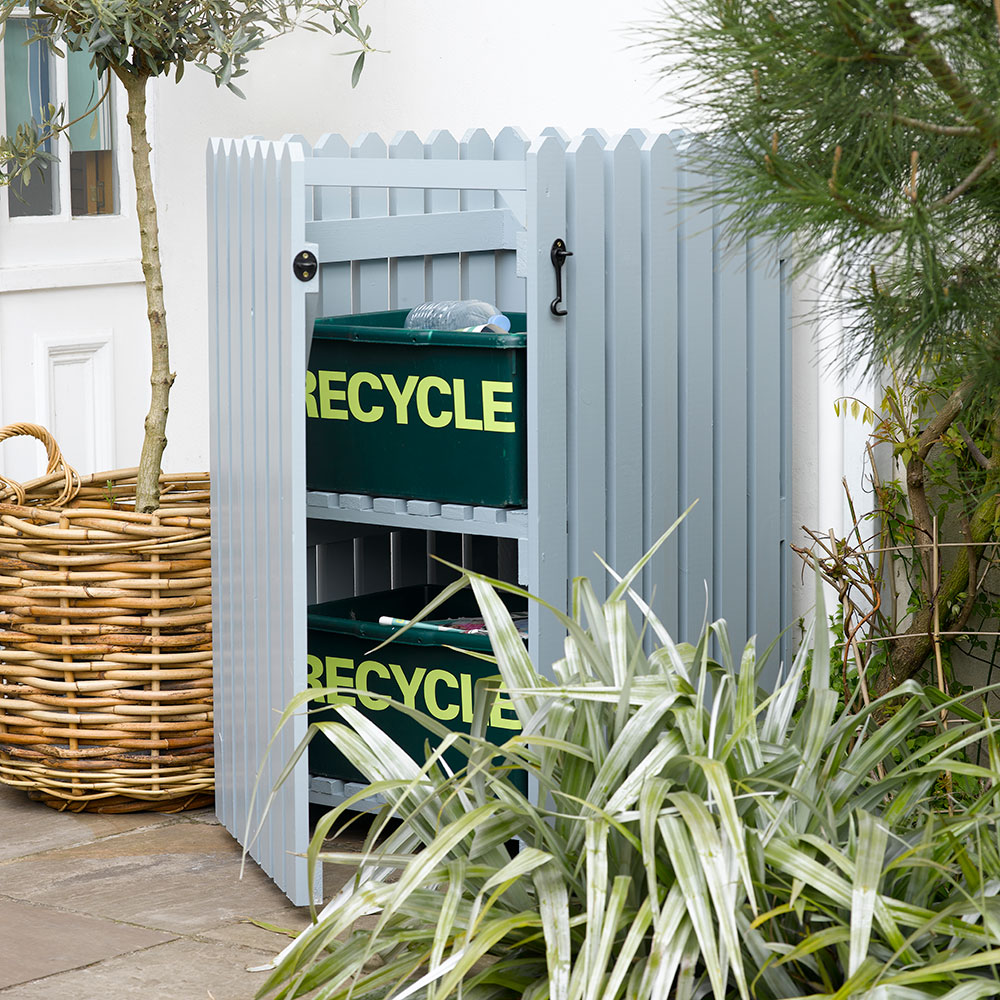
Now that you've identified an area to tackle, your next job is to put a sorting system in place. Sort Your Life Out's 'Keep', 'Sell' and 'Recycle' system is pretty foolproof.
At this stage, Karen Powell also advises splitting items into categories. For example, if you are decluttering a wardrobe, you may want to categorise items by clothing type or colour. The importance here is to see what you have, as this will make it easier to decide what to keep, and what to part with.
'You have to be careful at this point not to simply "organise the stuff",' she warns. "At this stage, I discourage people from buying, say, 20 huge plastic boxes to store things in. You can use large cardboard boxes for categorising, which you can often get for free from supermarkets, or by putting a shout out on your local Facebook group. Get the stuff in order, then decide what you want to keep, and that can live in nice new storage boxes. Otherwise you end up categorising and not decluttering."
5. For every item you own, ask three questions
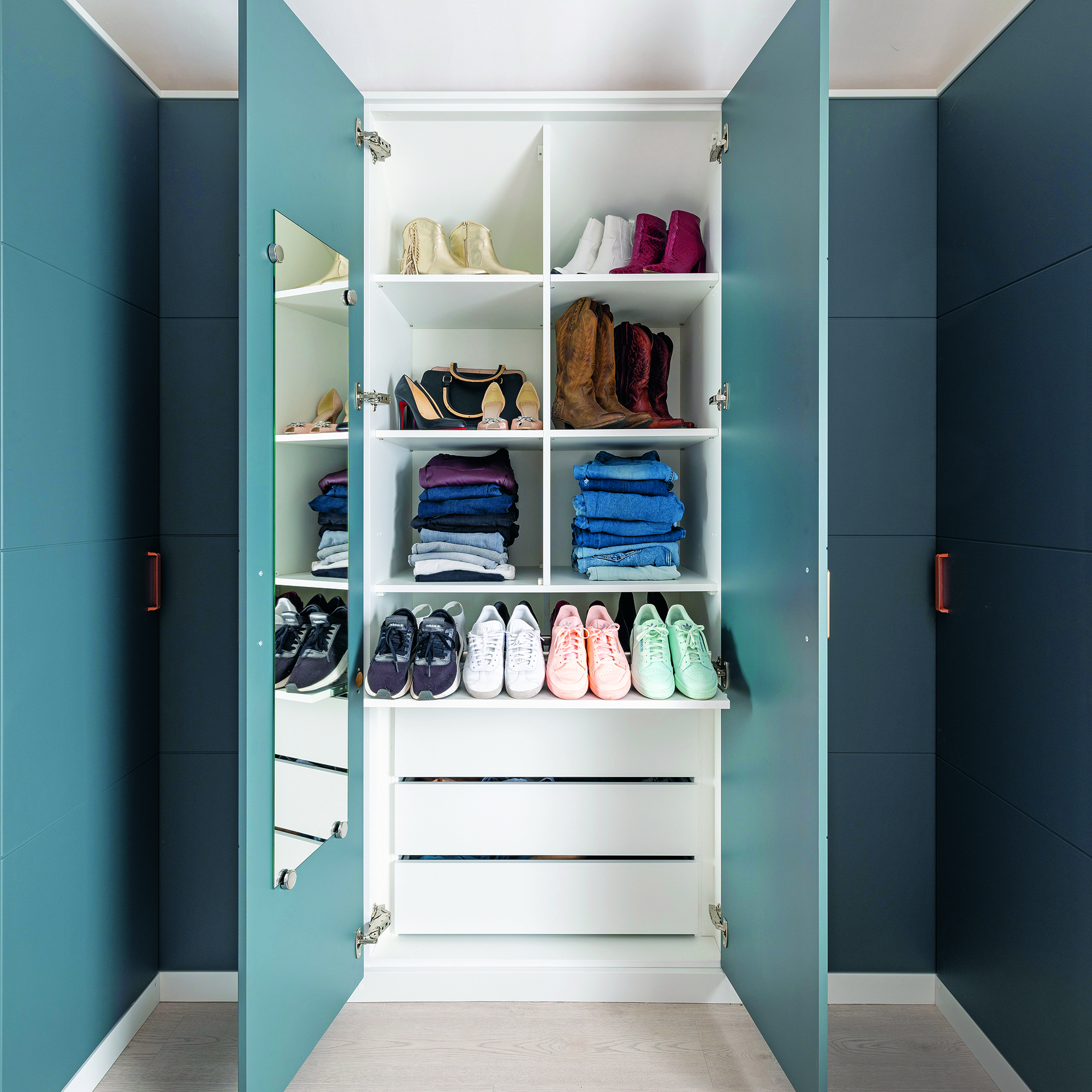
'Our golden rule for decluttering is asking three questions of every item: Do you love it? Do you want it? Do you need it? If you can’t answer yes to at least one of these, you know it’s time for the item to go,' says Laura Price, founder and creative director at The Home Organisation.
'It can be tricky with collections to apply the same decluttering systems we do for the rest of the home. They tend to hold a lot more sentimental or monetary value – two of the biggest reasons we hold onto things. I think the best thing you can do is keep asking yourself "do I love it? Do I need it? Do I want it?" regularly. Our feelings towards items change over time and the same goes for collections.'
At this stage, categorisation is key. 'Take turquoise cardigans as an example,' says Karen Powell. 'Someone with a hoarding or collecting issue will have a reason to hold on to each one, such as "the buttons are different on that one", or "that one has a three-quarter-length sleeve", or "this one is really soft".'
'I don’t force anyone to get rid of anything,' Karen says. 'But if you can get things into categories, it will help a person to understand what they have and give them a jumping-off point for letting go. The biggest issue is when they can’t see or don’t remember what they have – in other words, they didn't know they had 30 turquoise cardigans to start with.'
6. Donate to a charity you truly care about

Sometimes even letting go of items you don't need can be hard, because you don't feel they will be appreciated elsewhere. 'One solution is to find a charity that is important to you and is relatively easy to donate to,' Kate Ibbotson. 'It will make it easier for you to let things go if you are where they are going.'
'Perhaps a family member been helped by a particular charity – if you can find an emotional connection that way, that is very helpful,' says Karen. 'If you love animals, for instance, it could be a good idea to give excessive amounts of bedding to an animal shelter. There’s another great charity called Pens For Kids, which collects stationery and sends it to children around the world.'
7. Use money as motivation
As well as donating items, you could make money by paring down your collections. Taking items to a car boot or a specialist shop that deals in your particular collection can be lucrative, and the money you make can be put towards better storage for the items you keep.
'Or you could put the money you make from selling 20 handbags you hardly use for one designer handbag that you'll cherish,' says Karen. 'It doesn't need to be new - in fact, by buying pre-loved, you could be helping someone just like you.'
'I run pre-loved sales that I encourage clients to set up stalls at – although I do have to make sure they don’t buy anything,' admits Karen. 'We do have a laugh and a joke about that! But that also is a nice way to get people out and socialising, because people that collect or hoard can become quite insular. It’s nice to see them opening back up and when they have less, that definitely begins to happen.'
8. Take photos, then let go
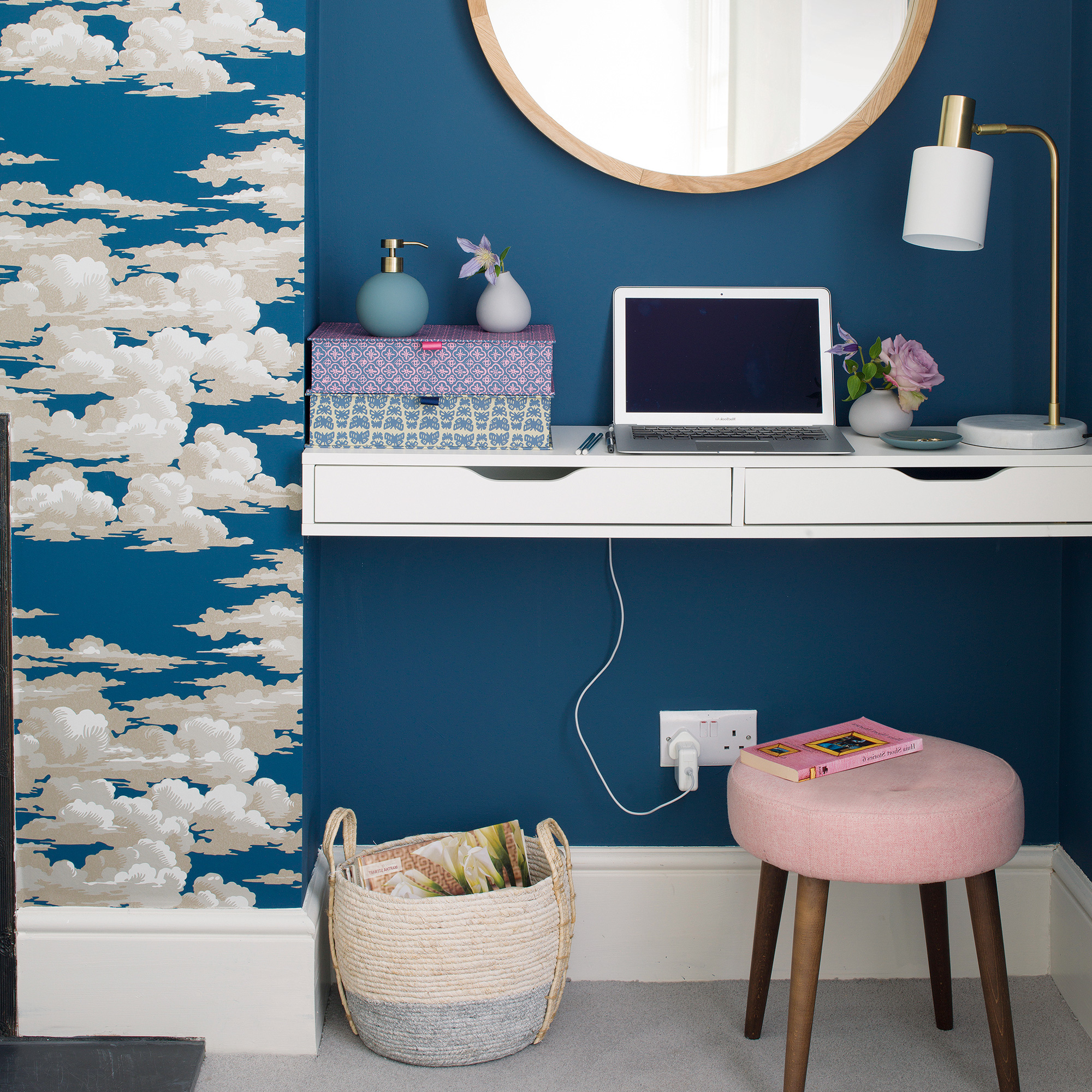
It can be hard to let go of especially sentimental items, but there are strategies you can consider. For example, Kate Ibbotson likes to take a technological approach. 'A good system would be to digitise physical collections e.g. taking photos of or scanning children’s artwork and storing it in folders on your computer,' she says.
But if you do decide to take this route, always make sure you back your images up on a memory stick or separate hard drive, so you won't lose they images should anything happen to your computer. You could also then choose to turn all these images into one photo book of memories. While this may still be physical, it could take up a lot less space.
9. Confine specific collections to one area
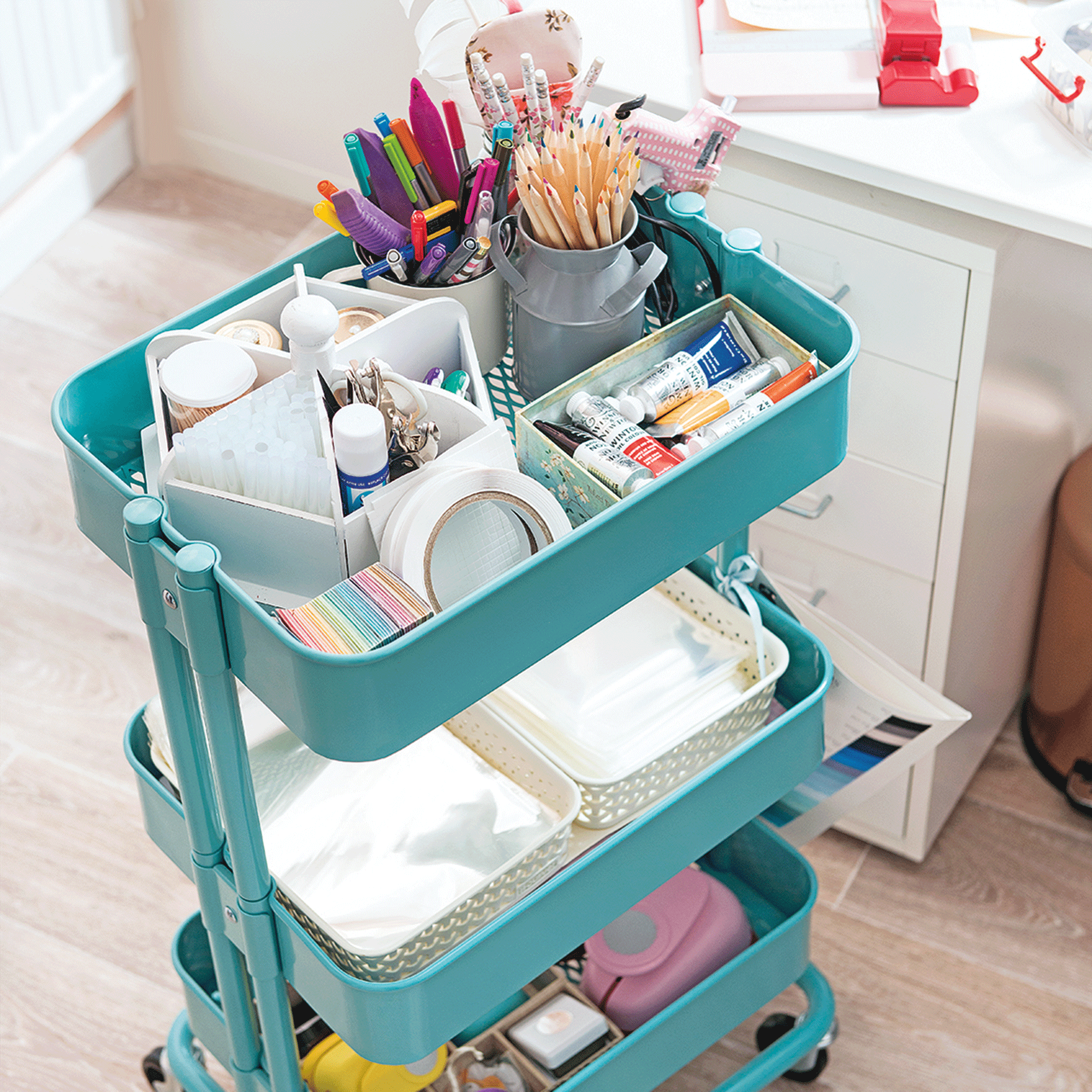
Now that you have sorted – and hopefully pared back – your collections, the time has come to reorganise them. And here it pays to be thoughtful.
'If the love of your collection is not shared by the rest of the household, be courteous and confine your collection to one area of the home, or to a trolley that can be moved out of the way as necessary. A study or nook are two great places to keep a collection,' says Laura Price.
If the size of your collection has not reduced enough that you can store it easily in one place, you could also think about strategies to lessen the space it takes up. For example, do your CDs or DVDs need to be stored in individual boxes? Could Lego sets be broken down and arranged by brick colour? Could your duvet be stored inside its matching pillowcase? Or could lengths of craft fabric be taken off their rolls and folded?
10. Make the most of vertical storage
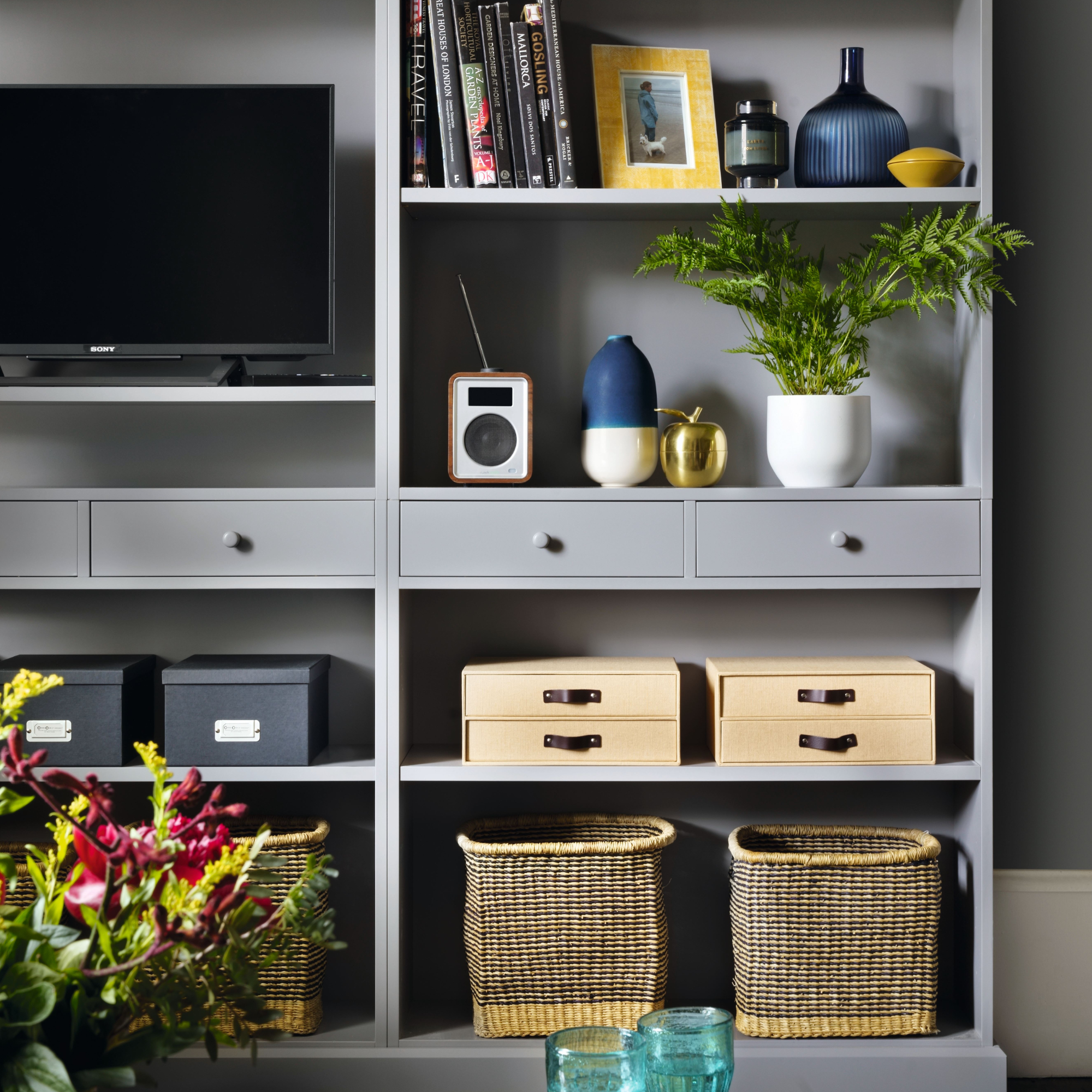
If you are short on space, it can be a good idea to go vertical with storage. 'Invest in tall display shelves and cabinets for your collection - you should want to show it off after all!' says Laura Price. 'The taller the shelf, the more dead space you’re using up and the less you’ll encroach on the rest of the home.'
'Contain your collections in storage that use the height of the room,' agrees Kate Ibbotson. 'Or utilise wall space for example in the form of shelving or hooks.'
11. Accept that not everything can be recycled
One barrier to decluttering is guilt that you won't be able to recycle items. In these cases, you have no option other than acceptance, which may take time. At this stage it's worth weighing up any guilt against the mental harm these items are doing to you and your family.
'Sometimes, you can’t control whether an item needs to go into landfill because it’s at the end of its life and it's impossible to recycle every little thing,' says Kate Ibbotson. 'It may be a good idea to accept that you can’t do things perfectly and let go of some control, gradually as you go.'
12. Avoid future temptation
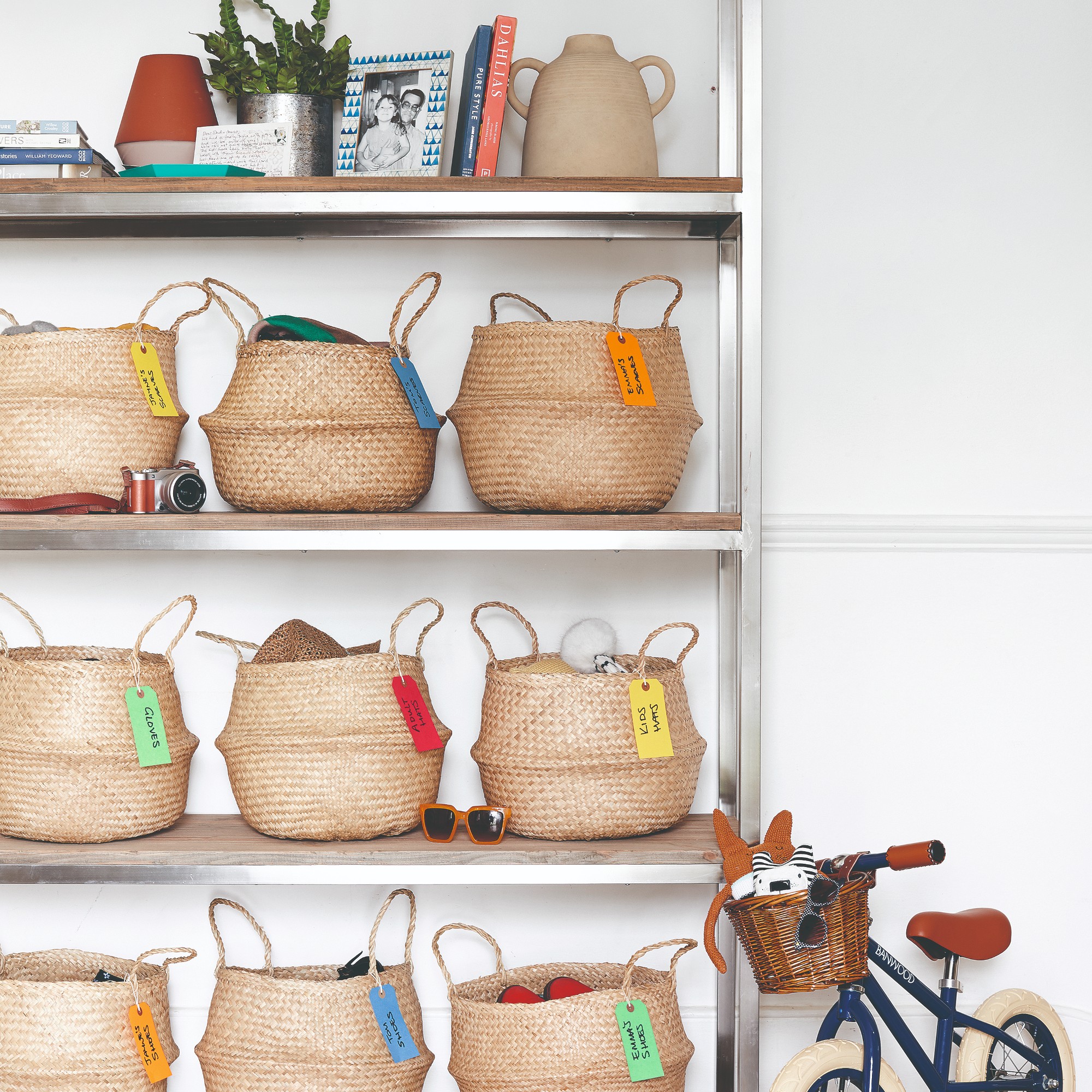
When you do finally get on top of your clutter, it's important to find ways to keep things under control. This could be in the form of setting challenges, such as the 'one a day' decluttering method. Or giving every family member a different room to be responsible for.
You should also try to remove obvious sources of temptation. 'Unsubscribe to newsletters and take shopping apps off your phone to remove the temptation,' suggests Karen Powell. 'You don’t have to delete your account, but limit that visibility.'
Where to get more help with collecting and hoarding
If you think that you or a loved one might have an issue with hoarding or collecting, it's worth seeking outside help.
In the case of hoarding, the NHS advises that your first port of call should be a GP. 'Your GP may be able to refer you to your local community mental health team, which might have a therapist who's familiar with issues such as OCD and hoarding,' it states on its website.
'There’s a form you can access online called the Hoarding Icebreaker Form, designed by my fellow declutterer Cherry Rudge at Rainbow Red,' says Karen Powell. 'You can fill this in and take it to your GP, and they can use this to ascertain what next steps to take.'
Alternatively, you can contact mental health charity Mind who, as well as providing information and support by phone and email, has a list of useful contacts for hoarding issues, tailored to the person's circumstances.
More charities that can help hoarders and collectors
- Age UK (Wales) For older people with hoarding and loneliness concerns
- Age UK (England)
- Hoarding Support Set up by the daughter of woman with chronic hoarding issues to support other hoarders and their families.
- Hoarding Disorders UK Offering non-judgemental, trauma led support to anyone affected by hoarding and extreme clutter.
- Hoarding UK A UK-wide charity dedicated to supporting people affected by hoarding behaviours.







